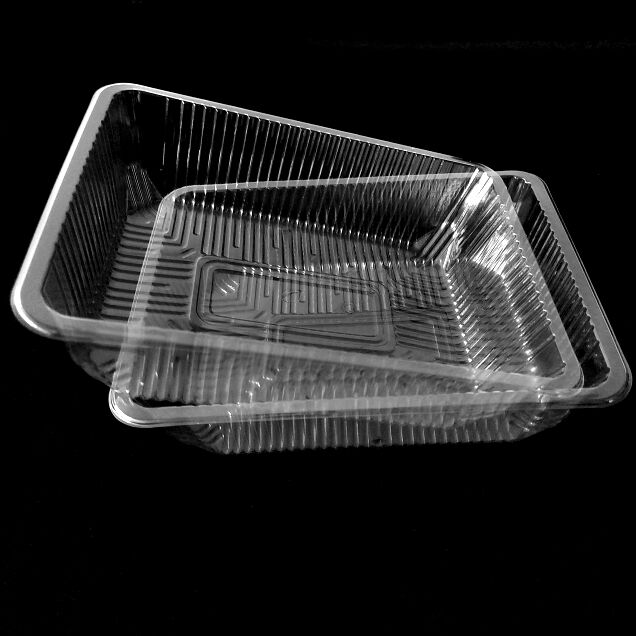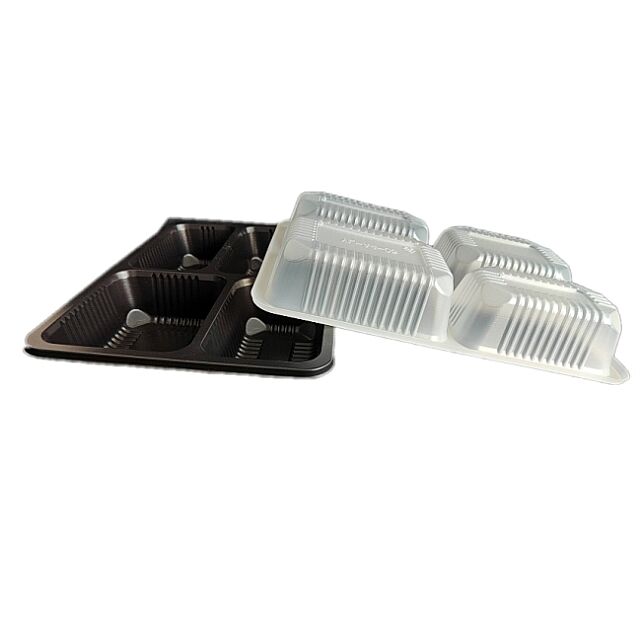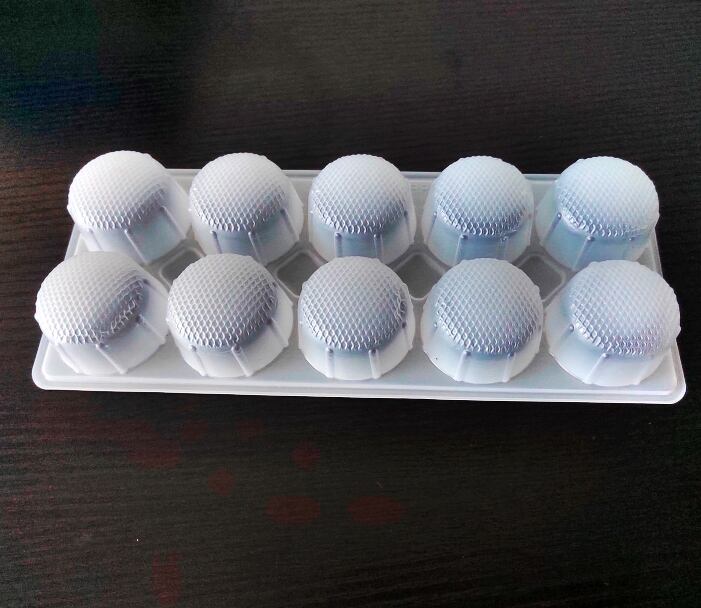plastic blister tray types
Plastic blister trays represent a versatile packaging solution widely used across various industries for product protection, organization, and display. These trays are manufactured through thermoforming processes, where plastic sheets are heated and molded into precise cavity formations. The design can range from simple single-compartment configurations to complex multi-cavity arrangements, accommodating products of different shapes and sizes. The trays are typically made from materials such as PET, PVC, or PS, each offering specific benefits in terms of clarity, durability, and cost-effectiveness. Modern plastic blister trays incorporate advanced features like anti-static properties, moisture barriers, and UV protection, ensuring optimal product preservation. The manufacturing process allows for customization in terms of cavity depth, wall thickness, and surface finish, making them suitable for applications in electronics, medical devices, consumer goods, and food packaging. These trays often feature specialized design elements such as snap-fit closures, stacking capabilities, and reinforced corners for enhanced protection during shipping and handling. The transparency of the material aids in visual inspection and inventory management, while the structured organization helps streamline assembly processes and maintain product integrity throughout the supply chain.


